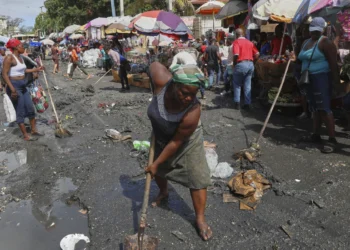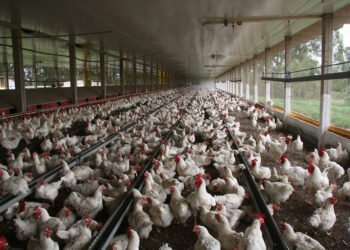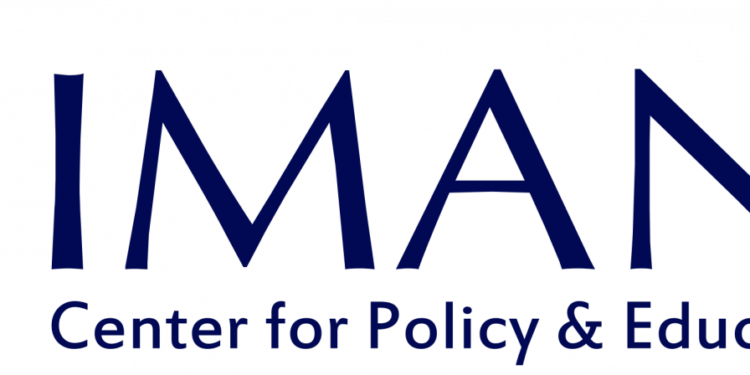A recent UN report has highlighted Haiti’s worsening humanitarian crisis, attributing it to years of underfunding and escalating needs.
The report, released by the UN Office for the Coordination of Humanitarian Affairs (OCHA), warns that millions of Haitians are at risk of chronic vulnerability.
To reverse this alarming trend, the UN is urging the international community and donors to significantly increase funding for relief operations led by the UN and non-governmental organizations (NGOs).
Months of violence have led to a sharp deterioration in Haiti’s situation, with the number of displaced persons nearly tripling in the past year.
According to the report, “The indiscriminate violence of armed groups and the near collapse of basic services have plunged Haiti into a humanitarian crisis unprecedented since 2010,” referring to the devastating earthquake that struck the nation 14 years ago.
The capital, Port-au-Prince, and the northern region of Artibonite have been particularly hard-hit, with displacement surging by 60 percent since February, according to the latest figures from the International Organization for Migration (IOM).

Displacement Triples As Violence Escalates
Adding to the chaos, Haiti’s basic services are collapsing under the strain of ongoing violence. Civilian infrastructure has been heavily targeted, with only 24 percent of hospitals remaining operational.
The insecurity has also shut 1.5 million children out of classrooms. Many of the displaced have sought refuge in the south, with most staying with economically vulnerable host families.
Unfortunately, essential services such as education, healthcare, and sanitation, which were already inadequate before the crisis, are now severely overstretched, exacerbating the suffering.
The forced deportation of Haitians from neighboring countries has also intensified, particularly since April when violence peaked. Nearly 100,000 Haitians were deported back to their homeland in the first seven months of the year, according to IOM data.
The arrival of a multinational security support mission in late June has done little to stem the violence.
Gangs continue to clash with authorities, leading to widespread humanitarian fallout not only in the affected neighborhoods but also in regions far from the capital, as these areas become new refuges for the displaced.
OCHA’s report notes that “this wave of violence continues to have humanitarian consequences on the populations of the affected neighborhoods and localities, but also in areas far from the capital which has become host lands for hundreds of thousands of people.”
The humanitarian crisis has also led to almost 300,000 documented cases of malnutrition, with around five million people — about 50 percent of Haiti’s population — now facing severe food insecurity.
Looking ahead, there are growing fears that the current crisis could spread to areas of Haiti previously spared from insecurity.
The upcoming hurricane season, expected to be particularly active, could add further strain, with between four and seven major storms forecasted, potentially worsening the situation.
Urgent calls are being made to address the significant funding gaps in the humanitarian response. OCHA has warned that without additional financial resources, the crisis will continue to escalate.
Concerns are growing that food insecurity will spread further, out-of-school children will be at greater risk of recruitment by armed groups, and hundreds of thousands of vulnerable children will miss out on crucial mental health and psychosocial support.
OCHA emphasizes that “while humanitarian assistance is a lifeline for many, it is only part of the solution.” The report echoes a call made last month by a joint UN-European Union mission, stressing that “the government, political and development actors must work together to find lasting solutions to Haiti’s structural challenges.”
Eight months into the year, Haiti’s 2024 Humanitarian Response Plan remains only 33 percent funded, with just $162.5 million received out of the $674 million needed.
READ ALSO: Ghana’s Economic Pressures Mount as Producer Price Inflation Rises to 29.1%























